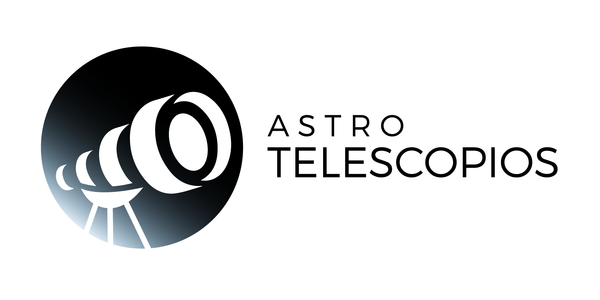
What can I see with a 76mm reflector telescope?
With a 76mm diameter reflector telescope, also known as a 76mm Newtonian telescope, you can observe a wide variety of celestial objects, including:
-
The Moon: you will be able to observe the craters, mountains, valleys and seas of the Moon in great detail.
-
Planets: you can observe the planets of the solar system, such as Jupiter, Saturn, Mars and Venus. Although the image will not be as sharp as with larger telescopes.
-
Double and multiple stars: These are star systems in which two or more stars orbit a common center. With a 76 mm telescope you can observe several double and multiple stars.
-
Star clusters: you can observe star clusters, such as the Pleiades cluster and the Perseus cluster.
-
Nebulae: Although they will not be as bright and sharp as with larger telescopes, you will be able to observe some nebulae, such as the Orion Nebula.
-
Comets: Occasionally, you will be able to observe bright comets passing near the Earth.
Remember that the quality of the observation will also depend on the quality of the telescope, the observing location and the weather conditions.
Now that you are clear about what you will be able to see with a 76 mm telescope, you have to choose the mount where the telescope should be mounted.
Please note that there are two types of mounts that 76mm reflector telescopes are typically sold with: The equatorial mount and the azimuth mount.
What mount should I choose for my telescope?
The choice between an equatorial mount and an azimuthal mount depends on the user's needs and preferences.
Equatorial mount
The equatorial mount is ideal for astronomical observation, as it is designed to follow the rotation of the Earth and keep the observed object in the center of the field of view for as long as you want to observe. This is achieved by using a right ascension axis and a counterweight to balance the telescope, allowing it to move in only one axis while following the Earth's rotation. The equatorial mount is especially useful for astrophotography, as it allows long exposures without the object moving in the field of view.
|
76/700 Skyline PLUS 80s Telescope The telescope is mounted on an equatorial mount. It allows you to follow celestial astronomical objects. |
|
Azimuth mount
On the other hand, the azimuthal mount is easier to use and is ideal for terrestrial observation and the observation of short-term celestial objects. This mount moves the telescope in two axes, allowing the position of the object in the field of view to be adjusted. The azimuthal mount is most commonly used on smaller, more portable telescopes, such as travel telescopes.
|
Telescope 76/700 Blitz BASE AZ With the azimuth fork mount, using the telescope is as easy as using a spotting scope. To direct the telescope towards the selected object, simply turn the optical tube in the desired direction: left, right, up or down. |
In short, if astronomical observing is your main interest, the equatorial mount is the best option, while if you need a simpler and more versatile mount, the azimuthal mount could be the best option.


